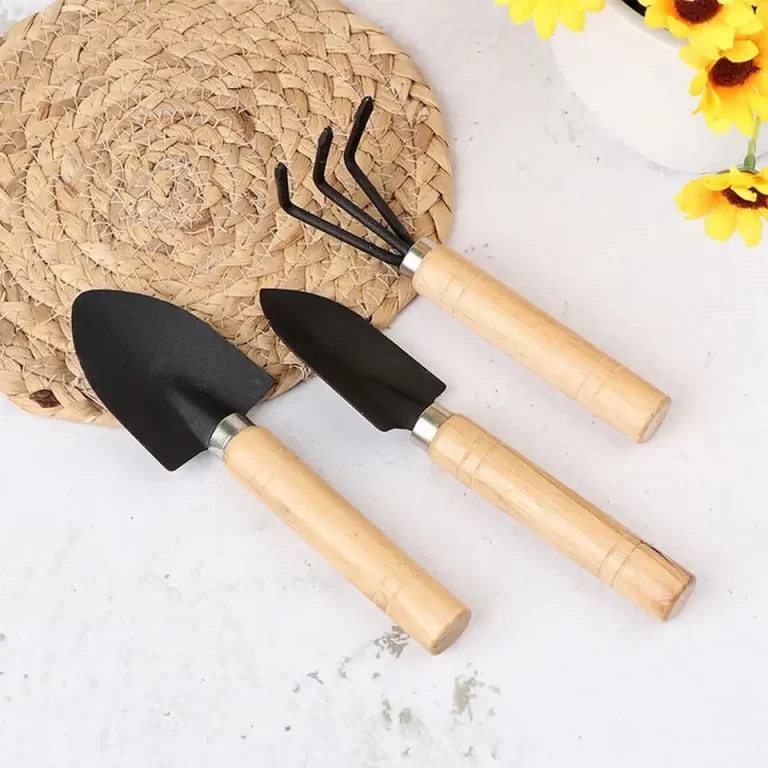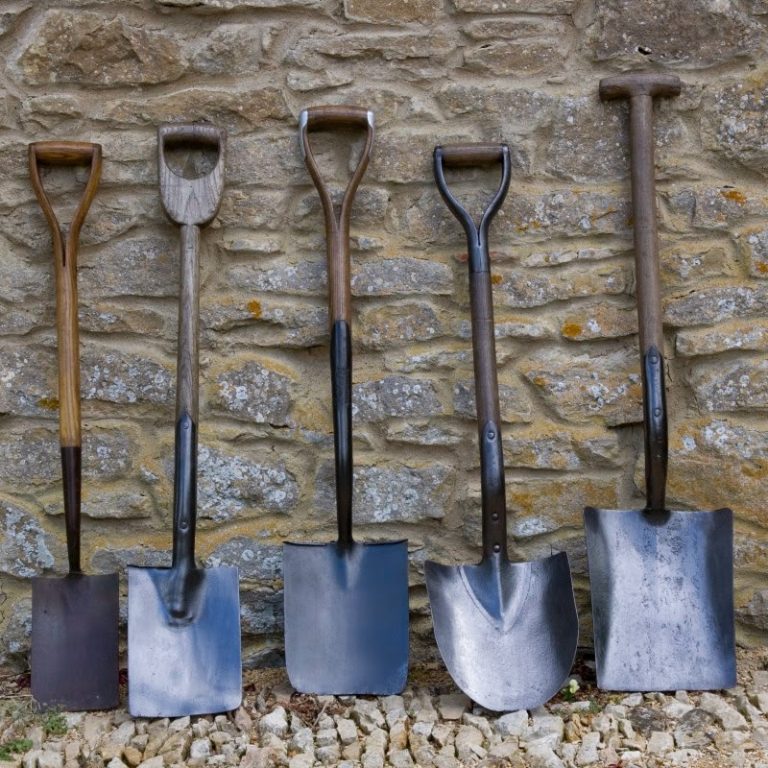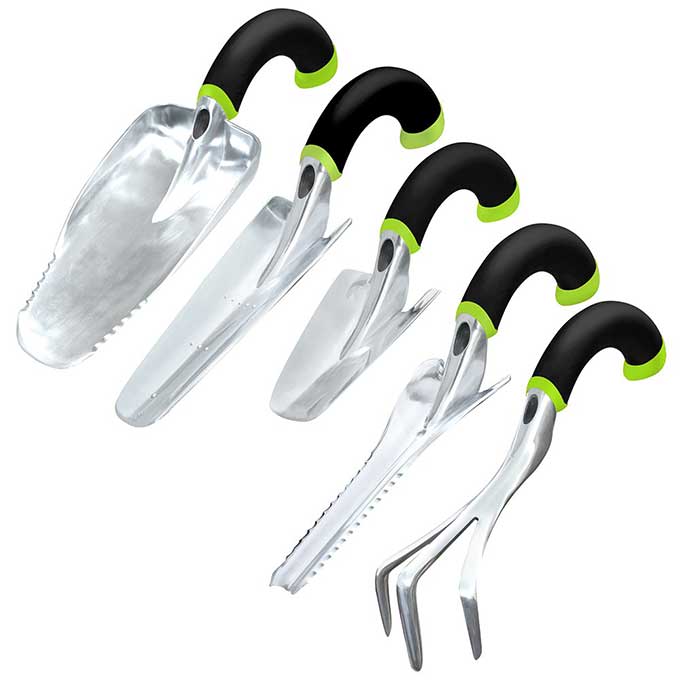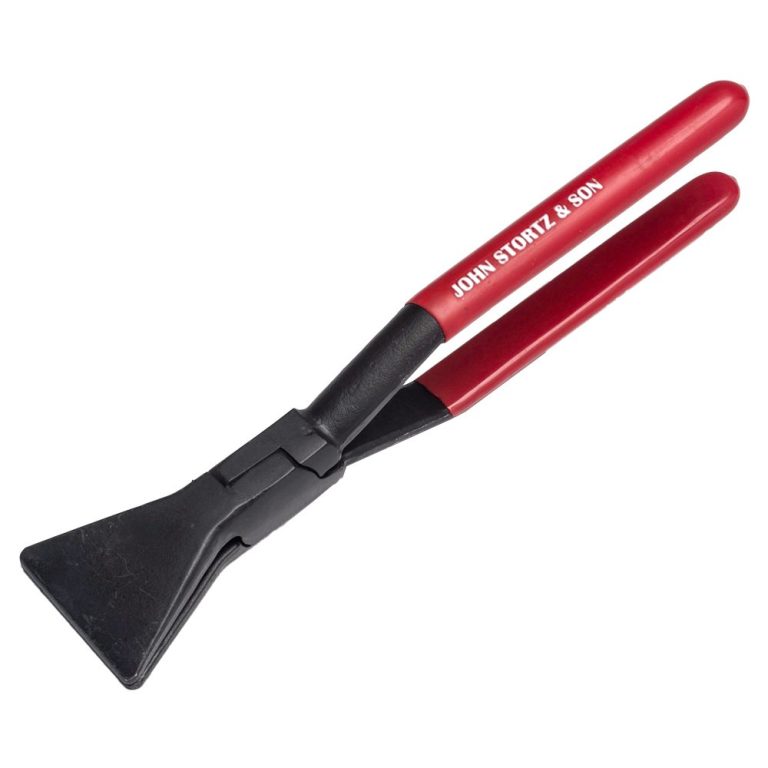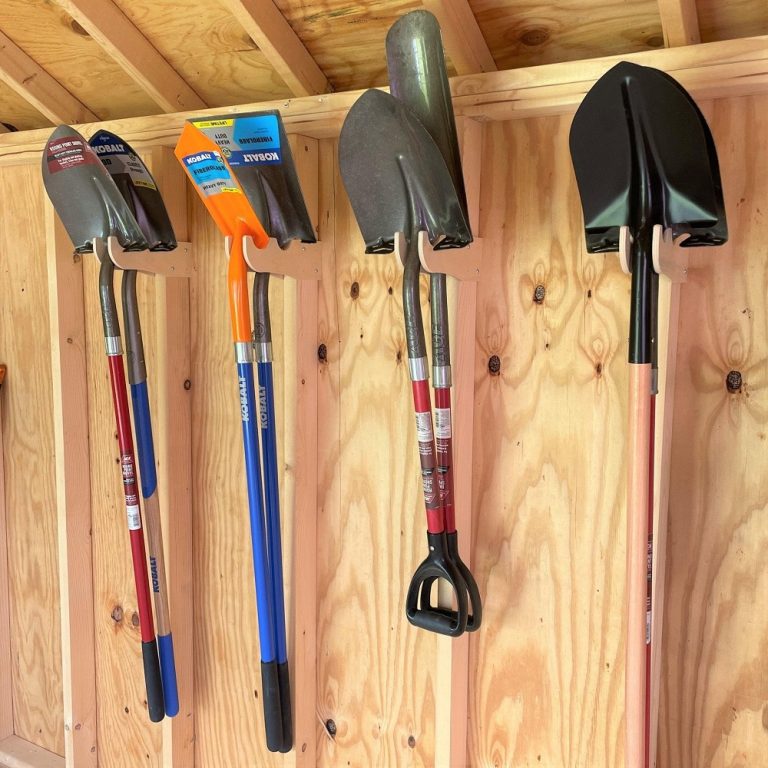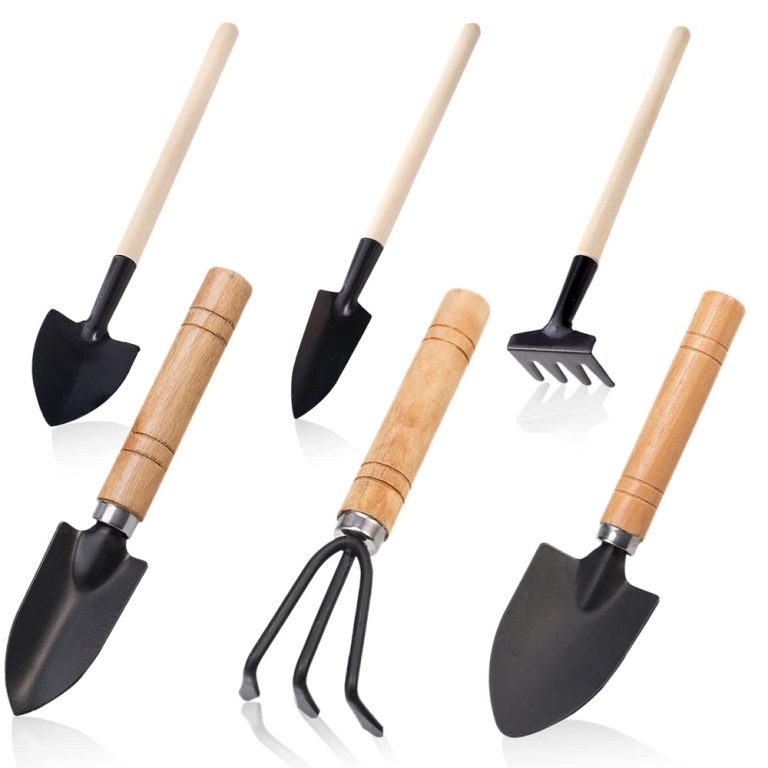Gardening is a wonderful hobby that not only beautifies our surroundings but also provides numerous benefits. Engaging children in gardening can introduce them to the joys of nature, teach them responsibility, and foster a love for healthy living. Providing kids with their own garden tools can make this experience even more enjoyable and engaging. This article will explore various garden tools for kids, highlight their importance, and offer tips for encouraging a lifelong love of gardening.
The Benefits of Gardening for Kids
Connecting with Nature
Gardening is an excellent way for children to connect with nature. In today’s digital age, many kids spend a significant amount of time indoors. Gardening offers them an opportunity to step outside and engage with the natural world. They can observe insects, birds, and the changes in plants as they grow.
This connection with nature can lead to a deeper appreciation for the environment. As kids learn about different plants, they also develop a better understanding of the ecosystem. This awareness can foster a sense of stewardship, encouraging them to protect and respect the natural world as they grow.
Learning Responsibility
Caring for a garden teaches children about responsibility. When kids are given their own plants to tend, they learn the importance of regular watering, weeding, and maintenance. These tasks require commitment and consistency, helping children develop a sense of duty.
Moreover, growing plants from seeds to maturity instills a sense of accomplishment. As children see the fruits of their labor, they gain confidence and pride in their work. This feeling of achievement can translate to other areas of their lives, teaching them that effort and persistence lead to rewarding results.
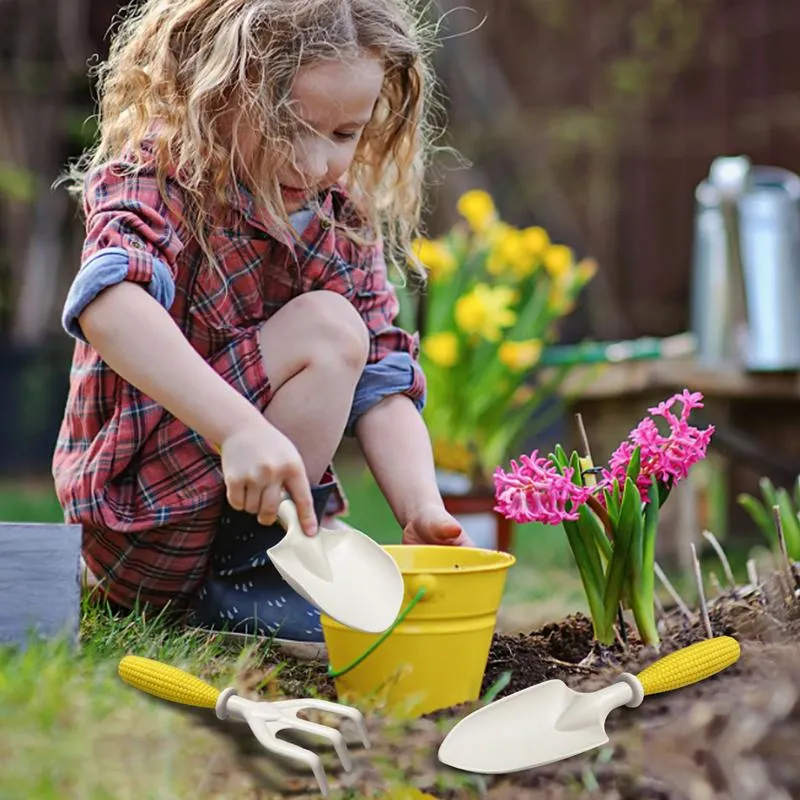
Encouraging Healthy Habits
Gardening can also play a crucial role in promoting healthy eating habits. When kids grow their own fruits and vegetables, they are more likely to try new foods. The process of watching a seed grow into a plant and eventually produce edible items fosters curiosity about healthy choices.
Involving kids in gardening can lead to increased consumption of fresh produce. Parents can encourage their children to incorporate what they have grown into meals, further strengthening the connection between gardening and healthy eating. This relationship can lead to lifelong healthy habits and an appreciation for nutrition.
Choosing the Right Garden Tools for Kids
Size and Weight Considerations
When selecting garden tools for kids, it is essential to choose tools that are appropriately sized and lightweight. Children should be able to handle their tools comfortably without straining or risking injury. Tools that are too heavy or large can discourage kids from participating.
Look for tools specifically designed for children. Many companies produce smaller versions of traditional tools, such as hand trowels, rakes, and shovels. These tools are often lighter, have shorter handles, and feature fun designs that appeal to children. When kids have the right tools, they are more likely to engage with gardening activities.
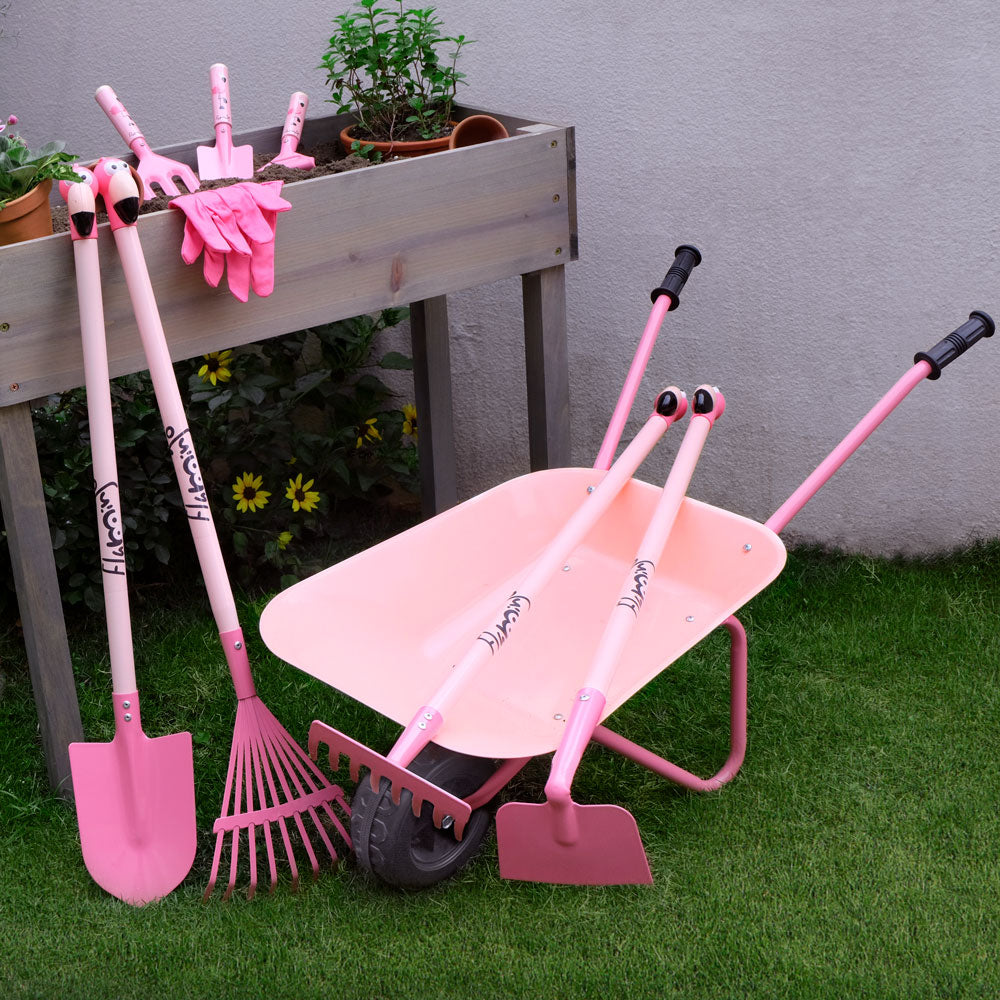
Safety Features
Safety is a paramount concern when providing garden tools for kids. Opt for tools with rounded edges and sturdy handles to prevent accidental injuries. Many kid-friendly tools are designed with safety features in mind, reducing the risk of cuts or scrapes.
Additionally, teaching children the correct way to use and handle tools is crucial. Spend time demonstrating their use and explaining safety precautions. This guidance will help instill confidence in using the tools while ensuring a safe gardening experience.
Variety of Tools
A diverse selection of garden tools will enrich your child’s gardening experience. Providing different tools allows them to explore various gardening tasks. Essential items may include trowels, shovels, rakes, watering cans, and pruning shears.
Children may also benefit from specialty tools designed for specific tasks. For example, garden forks can help them turn soil, while hand pruners are useful for cutting small branches. By providing a range of tools, kids can learn different gardening techniques and develop a deeper love for the activity.
Engaging Kids in the Gardening Process
Starting with Simple Projects
When introducing children to gardening, it’s best to start with simple projects that match their skill levels. Consider beginning with easy-to-grow plants, such as radishes, sunflowers, or beans. These plants germinate quickly, providing instant gratification and building excitement for further gardening endeavors.
Involving kids in fun and straightforward projects will keep their interest alive. For example, allow them to choose a plant they want to grow, giving them ownership of the project. The more engaged they are, the more likely they will want to learn and explore further.
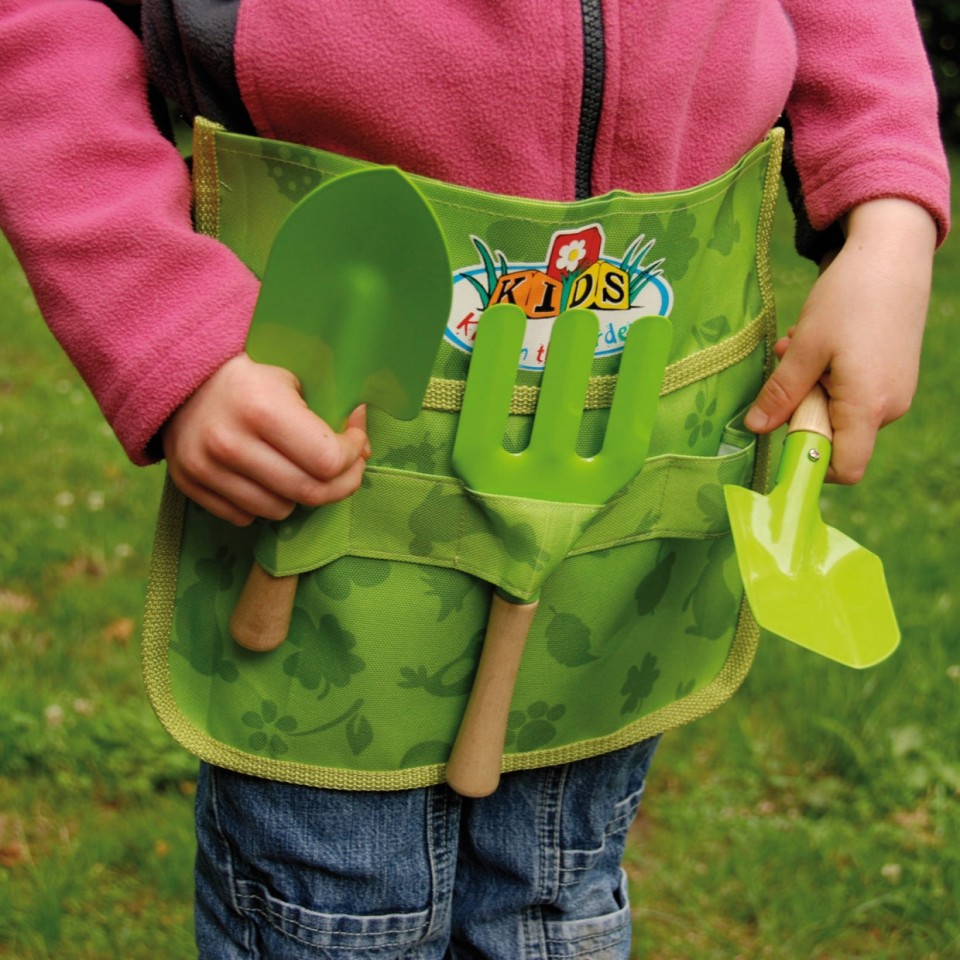
Designing a Kids’ Garden Space
Creating a designated gardening space for kids can foster their love for gardening. This space doesn’t have to be large; even a small patch or raised garden bed can work. Set up a colorful area where children can dig, plant and experiment with their green thumbs.
Consider allowing kids to personalize their space by decorating the area with colorful signs or planting markers. Giving them creative freedom can enhance their connection to the garden. With their own space, children are encouraged to take responsibility and pride in their gardening activities.
Integrating Educational Components
Integrating educational elements into gardening can make the experience even more enriching. Explain the various stages of plant growth, the importance of soil health, and how insects contribute to the ecosystem. Engaging with these concepts turns gardening into an educational adventure.
You can also introduce math and science concepts through gardening. Measuring plant growth or counting seeds enables children to apply these subjects in a fun and hands-on manner. These educational components will not only foster their love of gardening but also enhance their overall understanding of the natural world.
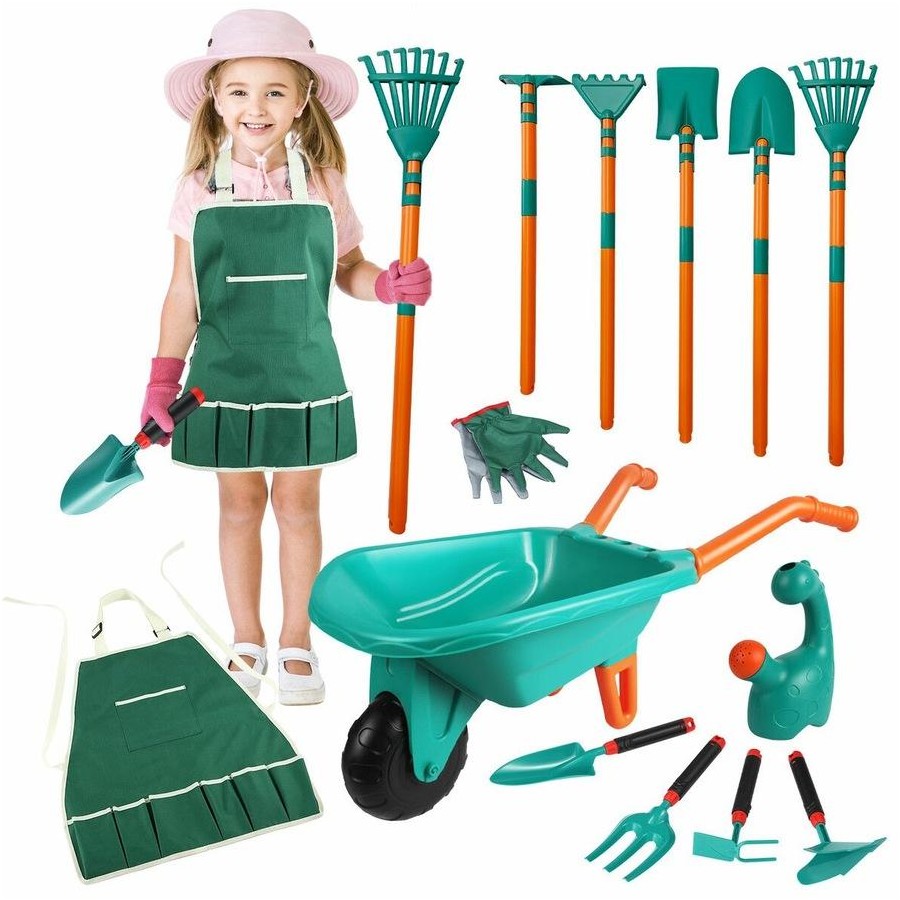
Seasonal Gardening Activities
Spring Planting
Spring is the season when most gardening activities begin. Children can help prepare the soil, plant seeds, and begin their gardening journey. Teaching them how to prepare the soil by loosening it and adding organic material helps them understand the importance of good soil health.
Children will enjoy sowing seeds and watching them sprout. This time of year is filled with excitement as they witness plants spring to life. Engage in discussions about how to care for plants as they grow and encourage them to monitor their progress regularly.
Summer Maintenance
During the summer months, maintenance becomes essential. Children can help with watering, weeding, and checking for pests. These activities can be turned into a fun routine, allowing kids to develop a sense of responsibility towards their plants.
Summer also presents opportunities for learning about plant needs, such as sunlight and water. Teach children how to recognize signs of trouble in their plants, such as wilting leaves or discoloration. This hands-on learning will help them become more attuned to their gardening efforts.
Fall Harvesting
Fall is the time for harvesting the rewards of your efforts. Bring children into the harvesting process to experience the joy of collecting fruits and vegetables. Discuss the significance of the harvest and the importance of sustainable gardening practices.
Encourage kids to be creative with their harvest. They can help prepare meals using the produce they collected, fostering a deeper appreciation for the food they consume. This connection between gardening and cooking reinforces the idea of sustainability while instilling a sense of accomplishment.
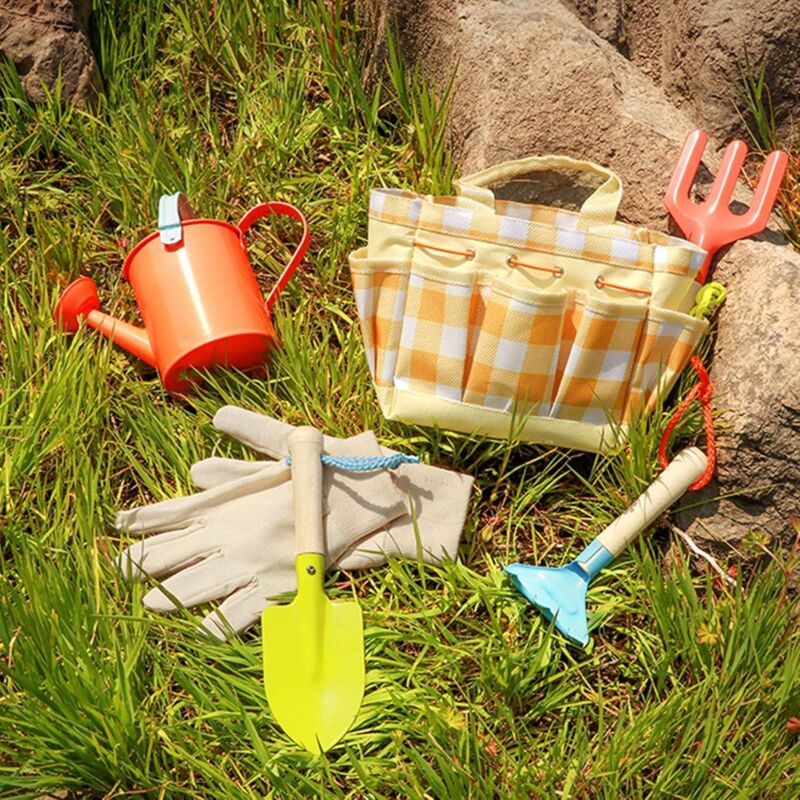
Community Gardening Opportunities
Finding Local Community Gardens
Community gardens provide a wonderful opportunity for children to engage with gardening in a social setting. These gardens often welcome families and individuals, creating a sense of community around shared interests in plants and nature. Participating in a community garden exposes children to diverse gardening practices and encourages interaction with fellow gardening enthusiasts.
Find local community garden programs to get involved. These opportunities allow children to learn from experienced gardeners while sharing their own knowledge. The sense of community fostered in these settings can significantly enhance their love of gardening.
Organizing Group Activities
Consider organizing group activities focused on gardening projects. Activities such as planting flowers, organizing workshops, or hosting gardening events can be enjoyable for children. This social aspect can create lasting friendships and enhance their passion for gardening.
Engaging with others in a group setting allows kids to share experiences and knowledge. They can also participate in fun challenges, such as growing the biggest pumpkin or creating themed gardens. These activities will further enhance their connection to gardening and the environment.
Conclusion
Investing in garden tools for kids and engaging them in gardening activities can nurture a lifelong love for this rewarding hobby. Sheepskin coats, appropriate gardening gear, and high-quality tools facilitate a positive gardening experience. The benefits of gardening extend beyond just the act of planting; they encompass education, responsibility, and a connection to nature.
By following the tips outlined in this article, parents and guardians can help children cultivate an appreciation for gardening that lasts a lifetime. From exploring community garden opportunities to engaging in seasonal activities, there is no shortage of ways to nurture this passion.
Ultimately, by instilling a love of gardening in children, you equip them with valuable skills and knowledge that they can carry into adulthood. As they grow, they will remember the joy of planting seeds and watching them flourish—a beautiful reflection of the positive impact of gardening on their lives. Happy gardening!

